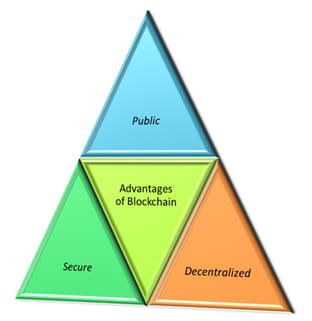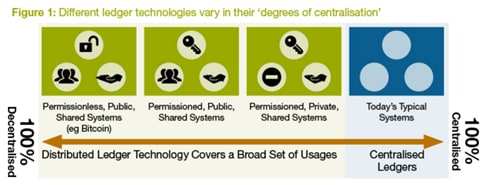Blockchain Access Control Technology Overview
You might have heard that blockchain technology (for visual demo please follow the link) is the backbone of Bitcoin. However, recently this ingenious invention has found many applications, in particular as far as the Internet of Things (IoT) goes. Thanks to the blockchain technology security of Access Control can now be reinforced.
Blockchain and its Application in Blockchain Access Control Technology #
Blockchain technology has proven to be incorruptible and highly transparent. It provides end-to-end security and encryption thanks to being decentralized. Because of its distributed nature, blockchain eliminates the risk of human errors and safeguards against hacker attacks. All this is of a paramount importance when it comes to Access Control, and especially Access Control as a Service.
Advantages of blockchain technology

Although it has a number of advantages, regular Access Control technology presupposes that all the information is stored at a server, where all the processed data is centralized. This means providers might gain unauthorized access to the data and control operations of their clients’ devices. Click here for an unauthorized access example. Thus, when outsourcing your company’s security to a third party, you have to put a lot of trust in them. Then again, in case you want to change your cloud-based Access Control operator, what happens to the data they possess? How can you be sure that it won’t be tampered with? Another downside of a legacy Access Control is that it’s vulnerable to various attacks and in some cases can easily be broken.
By implementing blockchain access control the above mentioned threats are eliminated. All the information is distributed within a network of nodes, and is not stored at one or a few servers. All the end devices act autonomously. Moreover, an end user should be able to choose which personal data to share in the network. Last but not least, blockchain access control technology is cheaper to run than a cloud-based back-end server.

Blockchain Access Control. Unlock its Potential #
These days many blockchain-powered startups are trying to bring about revolutionary changes to companies’ security by implementing blockchain access control. Their aim is to withstand security issues, and thanks to the blockchain access control technology enable the end user to be in control of the data.
Blockchain access control is applied in REMME’s innovative solution that makes passwords obsolete. Their blockchain access control unlocks new level of security thanks to specific SSL certificates located on each device instead of a traditional password. The data on the certificate is managed on Blockchain. This makes it hacker-proof.
IBM ‘s blockchain access control protects Everledger - company that certifies diamonds – by making sure that only authorized people have access to the online platform and by eliminating any possible internal or external threat.
In sum, distributed technology such as blockchain access control unlock a new level of cyber security. Encryption methods as well as private-key permissions are indispensable to the decentralized technology and allow for a safer business environment in which organizations can have peace of mind when it comes to many aspects of IoT, including Access Control System.

